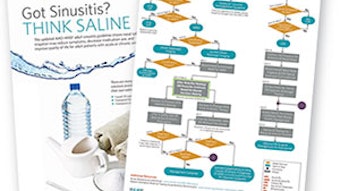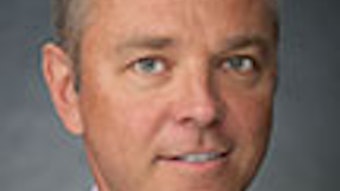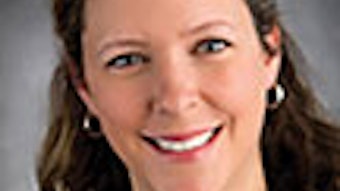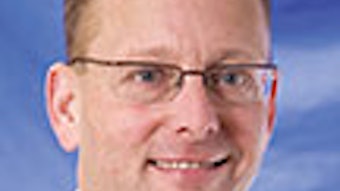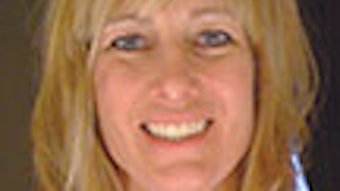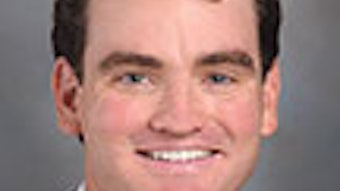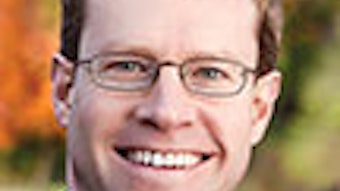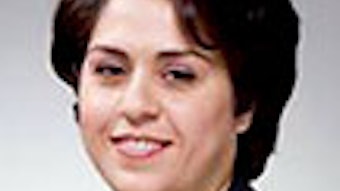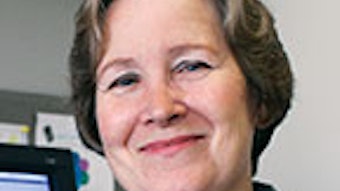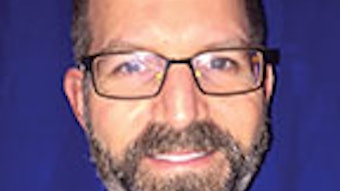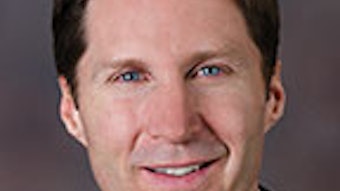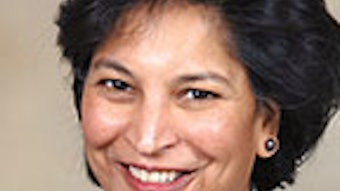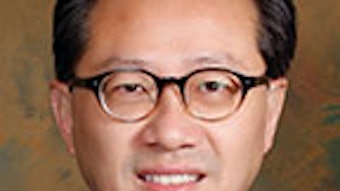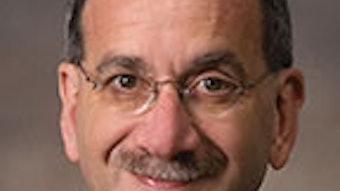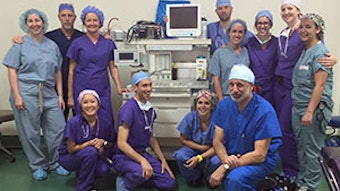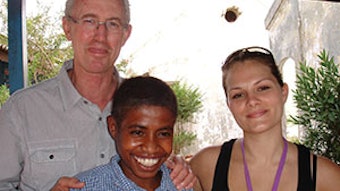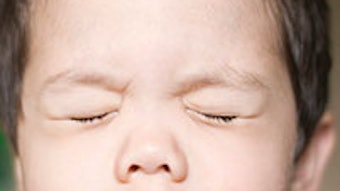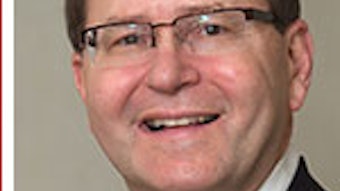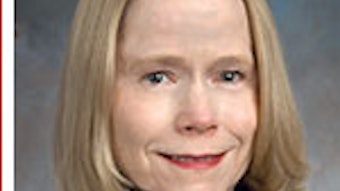CANDIDATE STATEMENTS: PRESIDENT ELECTGregory W. Randolph, MD
It is truly an honor to be considered as President-elect of our Academy. I pledge to work tirelessly to make a difference for you and our Academy. Together we are optimally positioned to lead our Academy, with one voice.
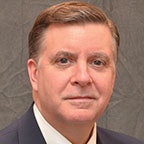
It is truly an honor to be considered as President-elect of our Academy. I pledge to work tirelessly to make a difference for you and our Academy. Together we are optimally positioned to lead our Academy, with one voice.
I have served on the Board of Directors for five years and served as the International Coordinator chairing the International Steering Committee, implemented the AAO-HNS International Advisor system, as well as overseeing the AAO Pan-American, Humanitarian, and International Otolaryngology Committees. On the Board of Directors, I became familiar with strategic planning and budgeting processes that facilitate the Academy’s allocation of limited resources with competing missions of research, education, and advocacy. Experiences outside of the AAO-HNS working to expand otolaryngology in thyroid surgery through leadership roles in the American Thyroid Association, American Head and Neck Society, American Association of Clinic Endocrinology, and Harvard Medical School have taught me how to work with divergent groups to accomplish common goals.
The relentless trend of decreasing reimbursement, increasing practice expenses, administrative burdens, implementation of EMR/meaningful use, ICD-10, as well as practice pressures from non-physician providers, and MOC affect us all.
As President, I will empower our members by:
- Exploring new models of care and reimbursement
- Developing specialty-specific care quality metrics and initiatives targeting patient safety
- Engaging Congress, regulatory agencies, and payers on issues specific to otolaryngology, and supporting otolaryngologists participating in ACOs
- Engaging the medical community through our Guideline initiatives
- Continuing to support research in our field
- Continuing to improve and grow our Annual Meeting
- Renewing the Academy’s work in the AMA CPT editorial panel and ongoing work with CMS reviewing reimbursement policies of private payers.
A weakness of the AAO-HNSF is its many competing and diverse missions. We must balance resources. I believe our leadership has obtained a good balance turning these competing missions into a strength by linking research, advocacy, and educational efforts.
To move forward we must engage 100 percent of our membership—to expand the cumulative work of our Academy. This will be the focus for my Presidential year if elected—to engage every member of our unified Academy. Important areas of membership engagement include:
- Continuing efforts at specialty unity through the Specialty Society Advisory Council (SSAC)
- Grassroots involvement with Congress, regulatory agencies, and private payers and through the ENT PAC
- ENTConnect and social media to optimize and network Academy constituencies including the Board of Governors, Women in Otolaryngology, the Diversity Committee, Young Physicians, and Residents.
I believe in otolaryngology and the AAO. As your President, I would be calling on each of you to serve. Our Academy’s diversity and breadth of the talent optimally positions our Academy as a dynamic organization capable of meeting the challenges we face. I will ask for your help and you may count on me to work tirelessly to lead our Academy and to continue to build this great institution with pride and commitment to our Academy. The Academy needs you.

